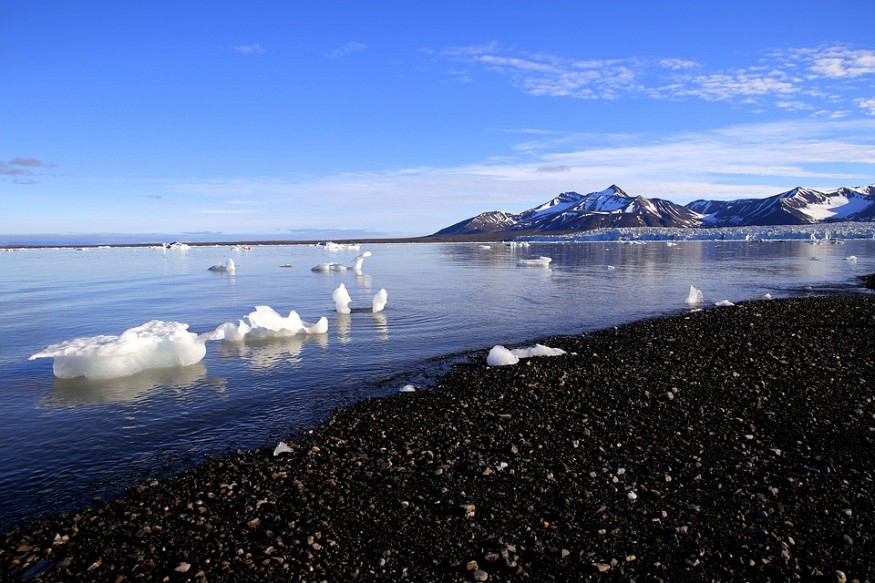
Most scientists agree that climate change in the Arctic has caused the melting of permafrost at a rapid rate. The melting arctic also brought about new occurrence: it reemerged new viruses and bacteria that were long gone. Scientists are using these virus strains to study recent outbreaks and develop new potential vaccines and medicine to combat diseases.
Discovery of 1918 Spanish Flu Virus
In the 1990s, the melting arctic article from permafrost in Alaska thawed, revealing an Inuit woman who was believed to be a victim of the Spanish flu in 1918. Her body was able to preserve the virus as body fat kept her lungs insulated against warmer temperatures. The discovery of the virus allowed scientists to study the its genetic blueprint and gave a picture of why the 1918 flu became a pandemic.
It took 10 years to determine the Spanish flu's genetic makeup. Last year, the investigation team published their study and identified the deadly strain of the 1918 gene and revealed that the pandemics of 1957, 1968, and 2009 emerged from the 1918 strain. Interestingly, the 1918 virus was also genetically closed to a bird virus that still exists today. Research also concluded that a universal flu vaccine against different strains could be developed from the 1918 strain thus averting the need for annual vaccination.
Climate Change Reveals Long-dead Viruses
The climate change in the Arctic has led to rising temperatures that are rapidly melting the permafrost. The melted permafrost releases huge sums of methane, a potent heat-trapping gas. There is, however, a good side to this circumstance: the melting of the arctic article also bares the origin of long-buried diseases such as scarlet fever and coronavirus, giving researchers more an opportunity to study previous outbreaks and provide a better perspective in coping with the new ones.
Scientists admit that there is a tiny danger that dormant diseases from underground may be resurrected. The carcass of the 75-year-old reindeer infected with anthrax is believed to be the cause of the Anthrax outbreak in 2016. Smallpox, which has been eradicated in the 1980s, for example, could survive a thaw, thus resurfacing from melted permafrost due to climate change is possible.
Despite all these, unearthing and studying viruses from melting arctic article is worth the risk to learn more about the origin of deadly diseases. Proper precautions are being done; thus, threats are remote.
The Artic soil is also the host of bacteriophage or viruses that kill bacteria. These viruses are important as it has the potential to curb antibiotic-resistant bacteria. Each bacteriophage targets a different bacterium thus a new strain is a possibility of a new treatment.
Risks of the Melting Arctic Permafrost
There are also dangers that long-buried disease may come to life.
By the end of the century, the arctic permafrost, which used to be as large as Russia, may shrink to the size of Alaska due to climate change. This occurrence is alarming because dormant microbes trapped in permafrost activates when the ground melts, consuming decomposed plants and releasing gases that add to global warming, Janet Jansson, chief scientist for biology in the Pacific Northwest National Laboratory's biological sciences division said.
The melting of permafrost due to climate change could, however, unearths new life-saving discoveries that may cure or avert the deadliest diseases.
© 2025 NatureWorldNews.com All rights reserved. Do not reproduce without permission.





